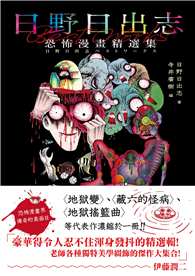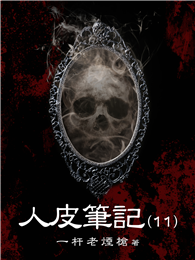11 lectures in Dornach, September 8-19, 1924 (CW 318)
"Humans cannot be known by uncreative thoughts, because by their very nature human beings are creative. One must re-create if one wants knowledge. With today’s passive thinking, one can understand only the periphery of the human being; one has to ignore the inner being." -- Rudolf SteinerToday we hear a great deal about holistic medicine--an approach to healing that integrates body, mind, and spirit. For Rudolf Steiner, healing is not possible unless it takes into account all the dimensions that make up a human being-both visible and invisible. Unless we begin to understand these dimensions of ourselves, real health will always be hard to attain.
To meet inner frailty with truly adequate concepts, Steiner describes specific inner structures of both healthy and unhealthy states that escape ordinary perception. Addressing topics ranging from sleepwalking to "hyperliteracy" to the visions of St. Teresa of Avila, he suggests how to approach the misalignments of nonstandard inner structures and other psychic difficulties with what he calls "pastoral medicine"--a truly holistic healing that can bring body and soul together and help them function in the most effective and powerful way.
Dr. Michael Lipson’s foreword provides background for Steiner’s lectures and brings them into the context of modern psychology.
This work is a translation of Das Zusammenwirken von Ärzten und Seelsorgern (CW 318). A previous edition was published as Pastoral Medicine: The Collegial Working of Doctors and Priests.












